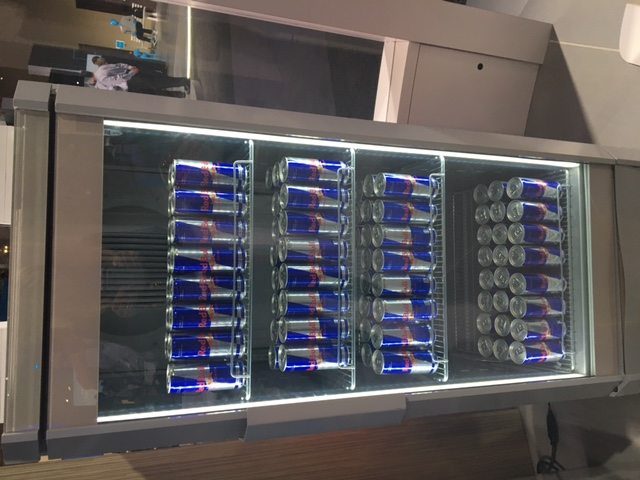AT&T moves 186 petabytes of data across its networks each day, and 53% of that is video traffic. Most of it is downstream video – content that subscribers download or stream to their devices. Within the next 3-5 years, the carrier expects video to represent more than 70% of its network traffic, and the company’s roadmap and research suggest that a growing portion of that will be upstream video.
“Upstream is going to be, in my view, an even larger force,” said Andre Fuetsch, CTO and president of AT&T Labs. “If you think about what is the killer IoT app, it’s the camera.”
Fuetsch said cameras are replacing other types of sensors in AT&T’s IoT applications. One example is the drink coolers AT&T connected to its network for a large customer. Initially, the solution used a number of different sensors to track variables like temperature and pressure that can impact beverage quality. Then AT&T’s team realized that all the variables the customer wanted to measure could be tracked with a camera.
“Just by measuring the size of the condensation beads on the aluminum cans, you can actually calculate what the temperature and relative humidity is,” Fuetsch explained. “Taking a high-resolution camera and attaching it to some very sophisticated image recognition software, you can do some amazing things.”
Fuetsch said connected cameras also tell the beverage company whether its retail partners are following its rules for use of the branded coolers. The company does not want its competitors’ drinks in its coolers, but some retailers are tempted to mix the products.
Cameras and image recognition software can also be used to analyze consumer demographics by photographing hands as they reach for a product, Fuetsch said. Age, sex and ethnicity can all be estimated from images of people’s hands.
“You can learn a lot about your customer demographic in real-time,” said Fuetsch. “So all of a sudden this little camera becomes really powerful.”
Video may be a killer app for the IoT, but it is not a good use case for the low bandwidth variants of LTE that carriers have recently rolled out for connecting IoT sensors to their networks. Video typically needs a high bandwidth wireless connection, or a wireline connection.
AT&T IoT president Chris Penrose said the company doesn’t try to promote one form of IoT connectivity over another, but instead leverages the diversity of its network to deliver solutions for customers.
“We want to put you on the right network for the right application at the right time at the best cost,” Penrose said. “You don’t want to really worry about it — you just want to be connected.”
Follow me on Twitter.

